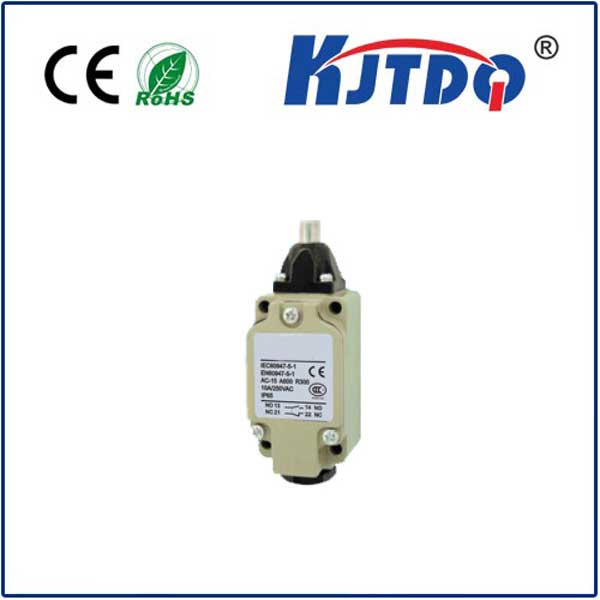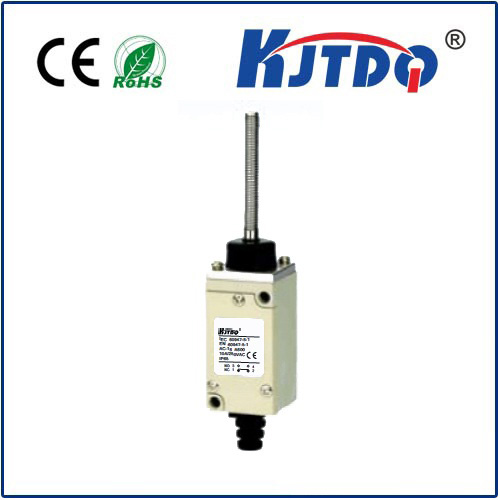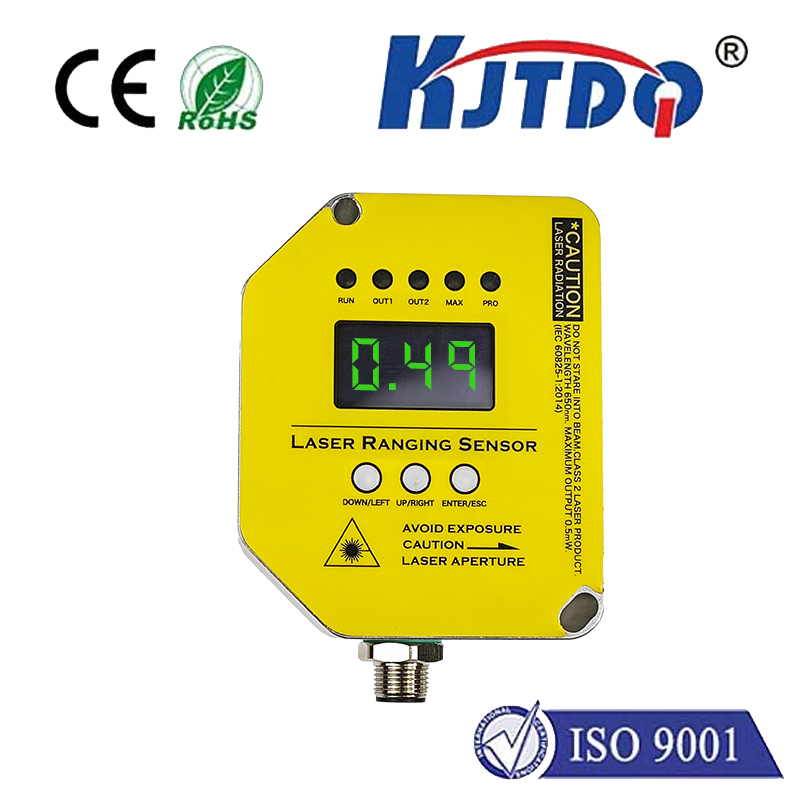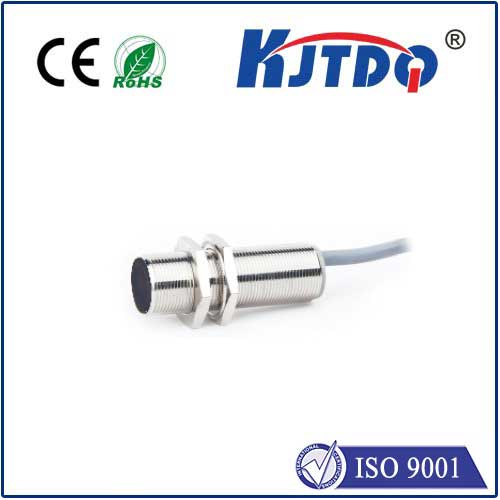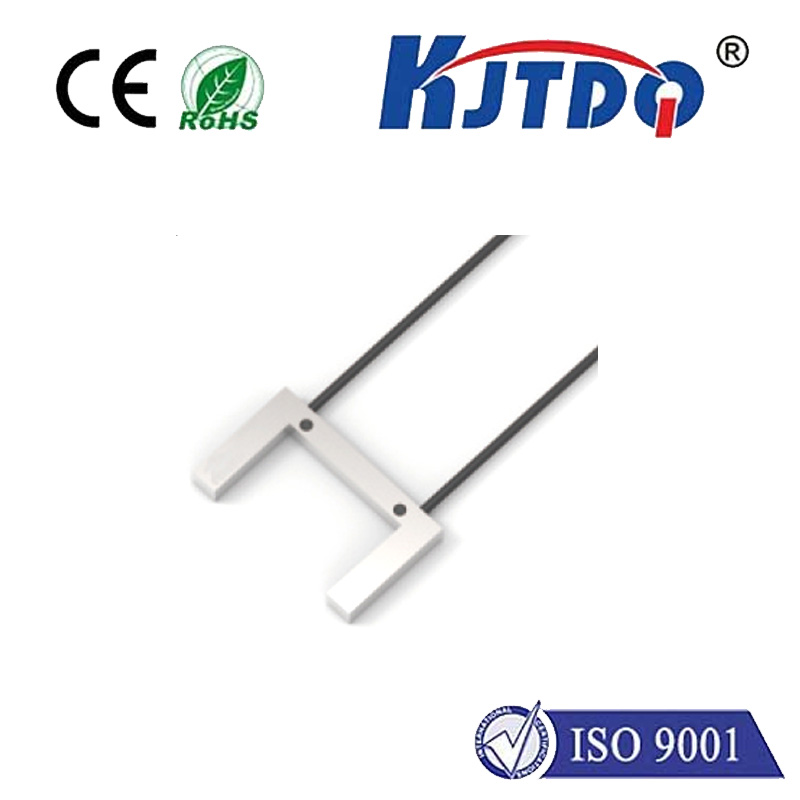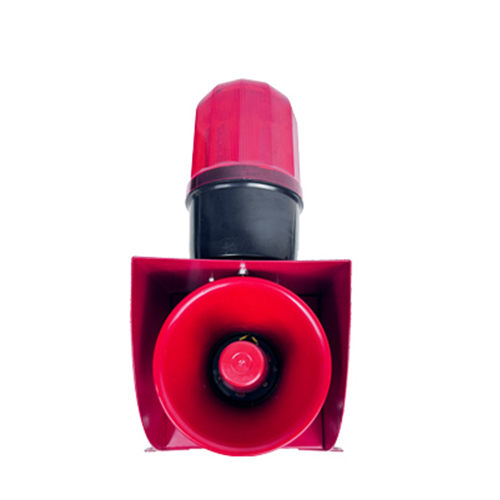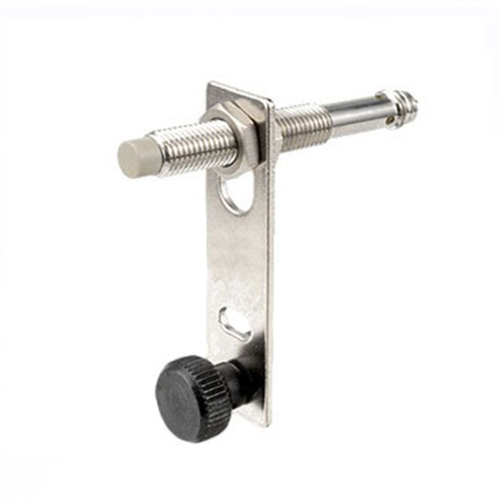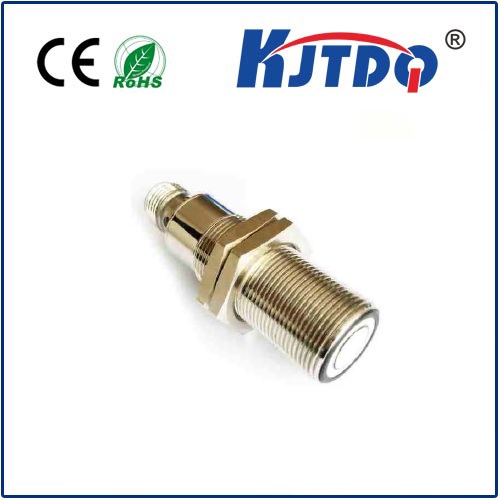proximity sensorsquare laser photoelectric sensors
- time:2025-09-14 02:43:58
- Click:0
Square Laser Photoelectric Sensors: Revolutionizing Proximity Detection with Precision Targeting
Imagine perfectly counting thousands of pills per minute on a blister packaging line, flawlessly detecting tiny components on a high-speed PCB assembly, or triggering equipment precisely where an object breaks a laser barrier with zero contact. This isn’t the future; it’s the reality delivered by a potent fusion of technologies: proximity sensorsquare laser photoelectric sensors. These specialized devices are transforming industrial automation by offering unparalleled precision and reliability in object detection.
At their core, square laser photoelectric sensors belong to the broader family of photoelectric sensors, which work by emitting a light beam (usually infrared, red, or laser) and detecting changes in its reception. What sets the “square laser” variety apart is the distinctive shaped beam they project. Unlike conventional circular beam sensors, square laser sensors emit a sharp-edged, square-shaped laser beam profile. This unique characteristic unlocks significant advantages, particularly in applications demanding high spatial resolution and clear beam boundary definition.
So, how exactly do these sensors work as proximity detectors?
While “proximity sensor” often specifically refers to inductive or capacitive devices detecting nearby metal or other materials without light, photoelectric sensors function on a proximity principle based on light interruption or reflection. In the context of square laser photoelectric sensors, they excel in:

- Through-Beam Proximity: A transmitter emits the square laser beam towards a separate receiver. When an object enters the beam’s path (“proximity”), it interrupts the light, signaling the receiver and triggering an output. The sharp edges of the square beam minimize ambiguity at the detection boundary.
- Retroreflective Proximity: The sensor houses both emitter and receiver. The square laser beam is projected towards a reflector. When an object comes into “proximity” (enters the beam path), it blocks the light reflected back to the receiver, causing detection.
- Diffuse Reflective Proximity: The sensor emits the square laser beam; detection occurs when the beam reflects off an object within a defined range (“proximity zone”) and returns back to the receiver. The focused laser light allows for more precise sensing distances compared to standard diffuse sensors.
Why the Square Beam? Key Advantages Unveiled
The square laser profile isn’t just a novelty; it solves critical challenges faced by traditional circular-beam photoelectric sensors:
- Pinpoint Precision for Small Objects: The concentrated, collimated laser energy provides an exceptionally small, intense spot size over long distances. Crucially, the square profile offers distinct, straight edges. This is vital for detecting tiny components, wires, threads, or for applications like edge detection or position verification where knowing exactly where the beam is broken matters. A circular beam might partially detect a small object near its edge, leading to inconsistency; the square beam offers a clearer “on/off” threshold across its defined boundary.
- Superior Gap Detection: In conveyor systems, detecting gaps between products is crucial. The focused square laser beam can be perfectly aligned across narrow gaps between conveying surfaces, reliably detecting gaps where wider circular beams might be obstructed or scattered by the conveyor structure itself.
- Minimized Alignment Headaches: Achieving and maintaining perfect optical alignment between sensor pairs (transmitter and receiver) is critical for reliable through-beam operation. The concentrated nature of the laser beam inherently offers a longer working range and greater tolerance to minor misalignment compared to LED-based sensors. The square shape provides a clear visual reference during setup, significantly simplifying the alignment process. Technicians can easily see the beam’s orientation against targets or alignment tools.
- Enhanced Resistance to Background Interference: The high intensity and focused nature of the laser beam make it significantly less susceptible to being “washed out” or interfered with by ambient light compared to standard LEDs. The square profile further aids in discrimination against diffuse background reflections.
- Reduced Parallax Error: For applications requiring precise positioning relative to the sensor’s face, the highly collimated laser beam minimizes parallax error – the shift in apparent position due to viewing angle – inherent in wider beam LED sensors. The square shape provides a defined reference edge.
Where Square Laser Photoelectric Sensors Shine (Literally)
The unique capabilities of proximity sensorsquare laser photoelectric sensors make them indispensable across diverse industries:
- Electronics & Semiconductor Manufacturing: Detecting minuscule components (chips, capacitors, leads), verifying presence on PCBs, precise positioning within delicate assembly machinery.
- Packaging: High-speed counting of pills, candies, capsules; verifying label presence/position; detecting clear films or wrappers; precise fill level control; gap detection on conveyors.
- Material Handling: Accurate object positioning on automated guided vehicles (AGVs) or robots; palletizing/depalletizing verification; synchronizing conveyor transfers. The square beam excels at detecting the precise edge of pallets or products.
- Automotive: Verifying part placement in assemblies; robot guidance for welding/sealing paths; detecting transparent or dark objects on lines. Long-range detection capabilities are often crucial here.
- Printing & Converting: Web guiding systems requiring edge detection; mark registration (detecting registration marks with high precision); splice detection on rolls.
- Medical Device Manufacturing: Ensuring precise placement and assembly of intricate, often tiny, sterile components within controlled environments.
- Textiles: Detecting thread breaks with the focused laser; counting fibers; controlling loom operations.
Why Upgrade to a Square Laser Solution?
If your application involves any of the following challenges, a proximity sensorsquare laser photoelectric sensor might be the optimal solution:
- Struggling to reliably detect very small objects or fine features.
- Experiencing inconsistent detection due to ambient light interference.
- Facing downtime due to difficult or frequent realignment of optical sensors.
- Needing precise edge detection or position verification.
- Requiring reliable detection in challenging environments (dust, slight mist).
- Dealing with clear, transparent, dark, or highly reflective objects that confuse standard sensors. The focused laser energy often penetrates or reflects predictably off difficult surfaces.
Precision Engineered for Demanding Automation
Proximity sensorsquare laser photoelectric sensors represent a significant leap in photoelectric sensing technology. By combining the inherent precision and range of a laser source with the practical advantages of a square beam profile, they solve real-world industrial problems that circular beam sensors struggle with. From enabling unparalleled accuracy in micro-component assembly to ensuring flawless high-speed packaging, these sensors deliver reliable, repeatable proximity detection where it matters most. When your application demands pinpoint precision, clear boundaries, and robust performance, the square laser photoelectric sensor stands out as the sophisticated tool capable of meeting the challenge.






